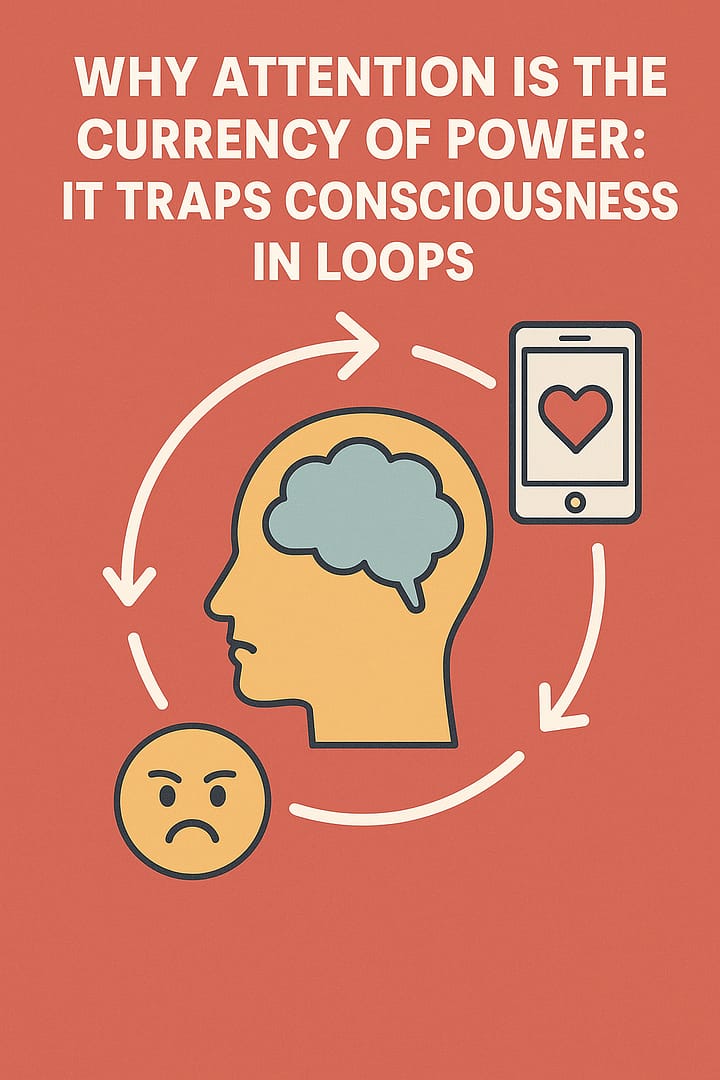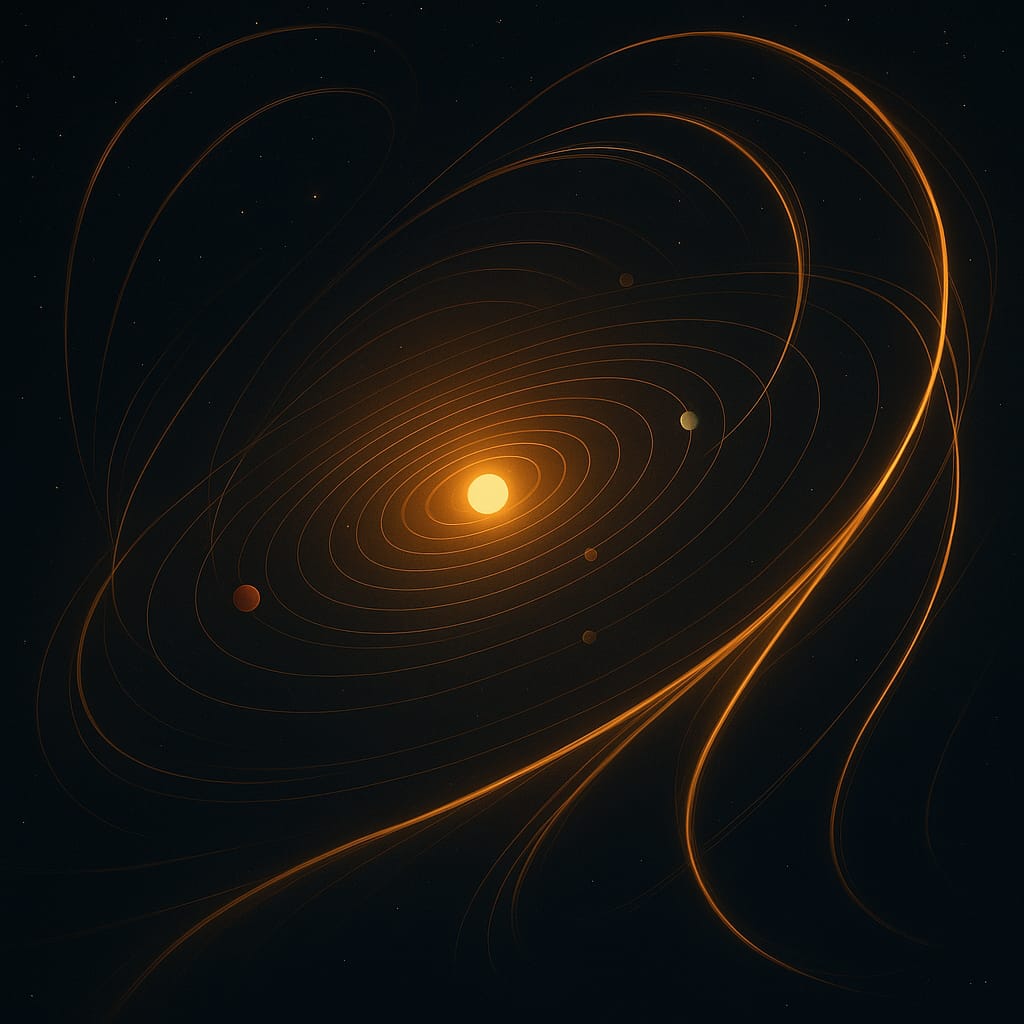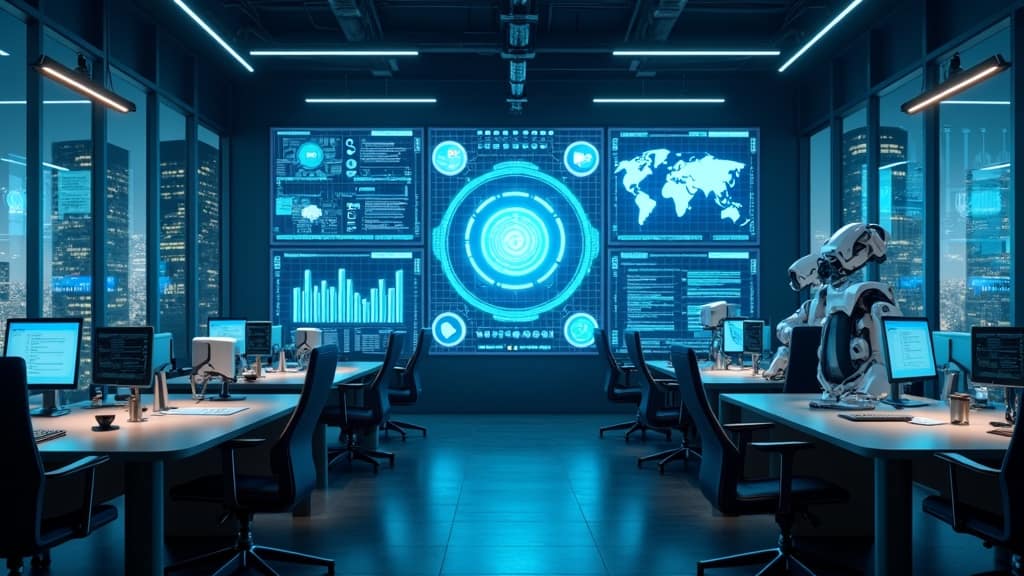AI and Mysticism: Using Technology to Decode the Secrets of Traditional Texts and Art Forms
Mysticism, with its deep spiritual and esoteric traditions, holds a wealth of knowledge and wisdom accumulated over centuries. Ancient texts, sacred scriptures, and cryptic art forms have long fascinated seekers of mystical insights. As technology advances, the integration of artificial intelligence (AI) offers a unique opportunity to decode and unlock the secrets hidden within these traditional sources. This article explores how AI is being utilized to unravel the mysteries of traditional texts and art forms, opening new pathways to understanding and deepening our connection with mysticism.
Unraveling Cryptic Texts
Traditional mystical texts often employ symbolic language, allegories, and metaphors, making them challenging to interpret and comprehend. AI, with its natural language processing capabilities, can assist in deciphering these cryptic texts. By analyzing vast amounts of textual data, AI algorithms can identify patterns, extract meaning, and reveal hidden connections within the scriptures. The application of AI can accelerate the process of decoding ancient languages, reconstructing fragmented texts, and shedding light on the profound teachings embedded within mystical literature.
Interpreting Symbolism and Allegory
Symbolism and allegory play a crucial role in mystical traditions, encapsulating profound truths and spiritual insights. AI’s ability to recognize patterns and make associations makes it a valuable tool for interpreting symbolic representations. By training AI algorithms on vast databases of artistic and cultural symbols, researchers can gain new perspectives on the symbolism embedded in traditional art forms. This can lead to a deeper understanding of the mystical symbolism present in religious iconography, sacred architecture, and ritualistic practices.
Visualizing Mystical Experiences
Mystical experiences often involve encountering otherworldly realms, divine beings, and states of heightened consciousness. AI-driven technologies, such as virtual reality (VR) and augmented reality (AR), can create immersive environments that simulate these mystical encounters. By combining AI-generated visuals, soundscapes, and interactive elements, individuals can engage in virtual journeys that provide glimpses into the mystical realms described in ancient texts. These technologies offer a novel way to experience and explore the profound dimensions of mysticism.
Preserving and Restoring Ancient Art Forms
Art forms like music, dance, and painting have been intertwined with mysticism for centuries. However, some of these art forms are at risk of being lost or have undergone changes that obscure their original meaning. AI can contribute to the preservation and restoration of ancient art forms by analyzing existing records, artifacts, and historical accounts. Machine learning algorithms can learn the techniques, styles, and nuances of traditional art forms, helping artists and researchers recreate and revive these mystical expressions. This revitalization ensures the continuity of ancient art forms and keeps their spiritual essence alive.
AI and Comparative Mystical Studies
Comparative mystical studies involve exploring commonalities and differences across various mystical traditions and spiritual practices. AI can assist in this endeavor by analyzing vast amounts of textual and cultural data from diverse traditions. By recognizing patterns, cross-referencing texts, and identifying shared themes, AI algorithms can facilitate comparative analyses, unveiling universal truths and underlying principles that transcend individual traditions. This cross-cultural understanding promotes interfaith dialogue, fosters appreciation for diverse spiritual paths, and contributes to a broader understanding of mysticism as a whole.
Ethical Considerations and Human Guidance
While AI offers remarkable tools for decoding mystical texts and art forms, it is essential to approach its integration with sensitivity and ethical awareness. Human guidance and interpretation are paramount to ensure that AI-generated insights align with the spiritual intentions of the original texts and traditions. Ethical considerations regarding the responsible use of AI, privacy, and cultural sensitivity must be prioritized to avoid misinterpretation or exploitation of sacred knowledge.
Conclusion
AI’s integration with mysticism presents exciting opportunities for decoding traditional texts and art forms, unveiling hidden wisdom and enriching our understanding of mystical traditions. By harnessing the analytical power of AI, we can accelerate the process of deciphering cryptic texts, interpreting symbolic representations, and preserving ancient art forms. The application of AI-driven technologies, such as VR and AR, also enables us to immerse ourselves in mystical experiences and explore the profound dimensions of spirituality.
However, it is crucial to approach the intersection of AI and mysticism with mindfulness and ethical considerations. Human guidance and interpretation are essential to ensure that AI-generated insights align with the spiritual intentions of the original texts and art forms. Respecting cultural sensitivities, privacy, and the ethical use of sacred knowledge are paramount in this integration.
By embracing the collaboration between AI and mysticism, we can unlock the mysteries of ancient wisdom, foster interfaith dialogue, and deepen our connection with the spiritual heritage of humanity. Through responsible and conscientious use of AI, we can expand our understanding of mysticism, fostering spiritual growth, and promoting a more inclusive and enlightened world.

Source OpenAI’s GPT language models, Fleeky, MIB, & Picsart
Thank you for questions, shares and comments!
Share your thoughts or questions in the comments below!






